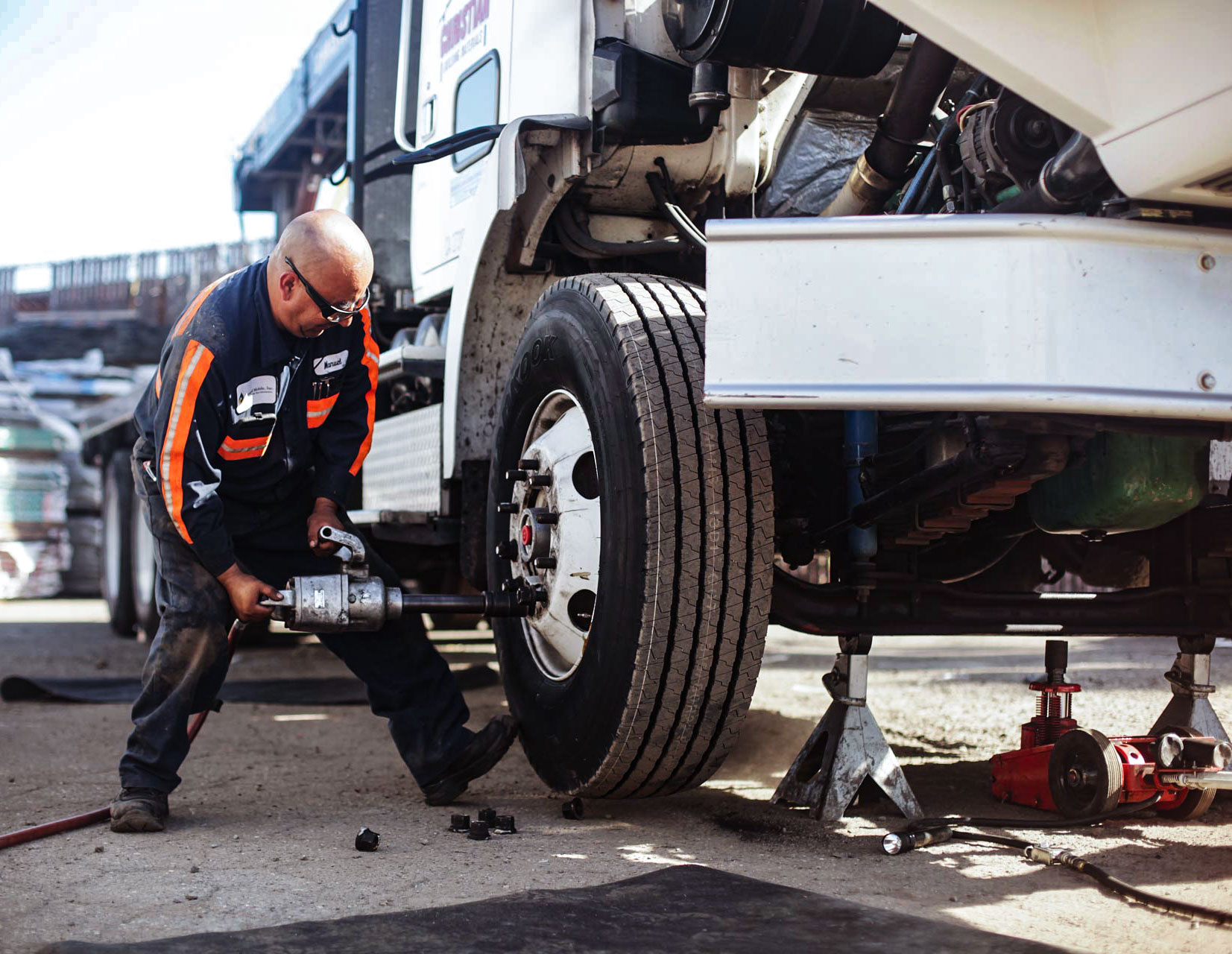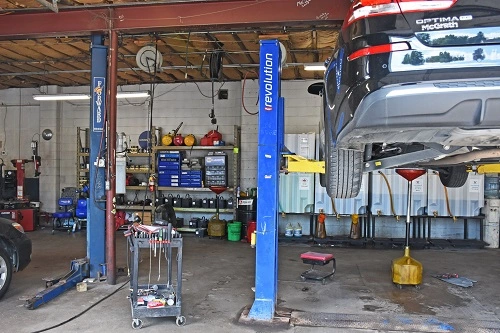Discount Tires Morris IL: Save Big on Top Brands
Wiki Article
Tire Fixing Myths Debunked: Separating Reality From Fiction
In the realm of vehicle upkeep, tire fixing holds a considerable location, yet it is typically shrouded in myths and misunderstandings that can bring about confusion for automobile owners. Comprehending the distinction between reality and fiction when it comes to tire repair is critical for guaranteeing both safety and security and cost-effectiveness. From the misconceptions bordering patching versus connecting a pierced tire to the performance of different tire sealers, there are numerous key locations where clarity is needed to make educated decisions. Allow's drop light on some typical tire repair service myths and separate them from the reality to empower you with the expertise required to browse this important aspect of lorry maintenance.Common Tire Repair Work Misconceptions
Dispelling widespread false impressions bordering tire repair is crucial for keeping road safety and expanding the long life of your automobile's tires. It is vital to recognize that not all slits are produced equal; while some may without a doubt need a tire substitute, the majority can be safely repaired.Another misconception is the concept that a DIY tire fixing kit is an enough option for all tire problems. While these kits can be convenient for short-term solutions in emergencies, they are not a permanent option and might not deal with the underlying problem (morris tire). Looking for the experience of a certified tire service technician is constantly advised to make certain the safety and stability of the tire

Can You Repair a Punctured Tire?
Fixing a punctured tire is an usual method in the auto industry, usually carried out by expert technicians adhering to specific guidelines and requirements. Not all punctures can be fixed. The location, dimension, and seriousness of the puncture are vital consider establishing if a tire is repairable. Leaks situated on the walk location of the tire are usually repairable as long as they are within a particular size restriction and do not impact the tire's structural stability.It is vital to keep in mind that pierces near the sidewall or shoulder of the tire are usually not repairable because of security concerns. Such locations go through substantial anxiety and flexing, making repair work undependable and possibly unsafe. In addition, if the slit is also huge, exceeding the recommended repairable size, or if the tire shows signs of interior damage, it is much safer to replace the tire completely.
The Truth About Patching Vs. Plugging
When considering the repair work of a punctured tire, comprehending the differences between patching and plugging is vital for making notified decisions regarding tire maintenance and safety and security. Covering includes fixing redirected here the tire from the inside, where a patch is applied to cover the puncture. This method is considered more reliable and durable as it addresses the damages see this here internally, decreasing the danger of air leakage and more tire damage. On the other hand, connecting is a fast repair that entails inserting a rubber link into the pierced location from the outside. While connecting is hassle-free and can be done without getting rid of the tire from the rim, it is generally considered a short-lived remedy and may not give the very same level of durability as a patch.
Misconception: All Tire Sealers Are Efficient

When choosing a tire sealer, take into consideration variables such as the dimension of leaks it can efficiently fix, compatibility with tire pressure surveillance systems (TPMS), and whether it is safe for the tire product. Reading testimonials and seeking referrals from professionals can aid you make an informed choice. Additionally, routine maintenance and timely substitute of sealant can aid make sure optimum performance. Remember, while tire sealers can be advantageous in emergency situations, they are not an alternative to proper tire care and upkeep.
Ideal Practices for Handling Flat Tires
In light of the varying efficiency of tire sealants, comprehending best methods for taking care of flat tires is important for maintaining roadway safety and vehicle performance. Loosen up the lug nuts, raise the automobile with the jack, get rid of the lug nuts and flat tire, and replace it with click for source the spare tire. Stow away the level tire, devices, and equipment, and remember to check the spare tire's stress periodically.Conclusion
Finally, it is necessary to separate reality from fiction when it comes to tire fixing myths. Understanding the fact concerning covering vs. plugging, the effectiveness of tire sealants, and best practices for dealing with flat tires can help ensure the safety and long life of your tires. By disproving usual mistaken beliefs and adhering to correct fixing standards, you can make educated decisions when it pertains to preserving the health and wellness of your car's tires.Report this wiki page